You know that feeling when you’re strolling through a bustling tourist market, surrounded by colorful trinkets and ‘authentic’ local crafts? Everything looks so tempting, and before you know it, you’re walking away with a bag full of stuff you probably didn’t need, and your wallet feels noticeably lighter. Tourist traps are everywhere, and they’re designed to separate you from your hard-earned cash faster than you can say ‘I need this miniature Eiffel Tower keychain.’
The good news is that most of these wallet-draining schemes follow predictable patterns. Here are 14 souvenir shopping traps that tourists fall into time and time again.
Airport Gift Shops
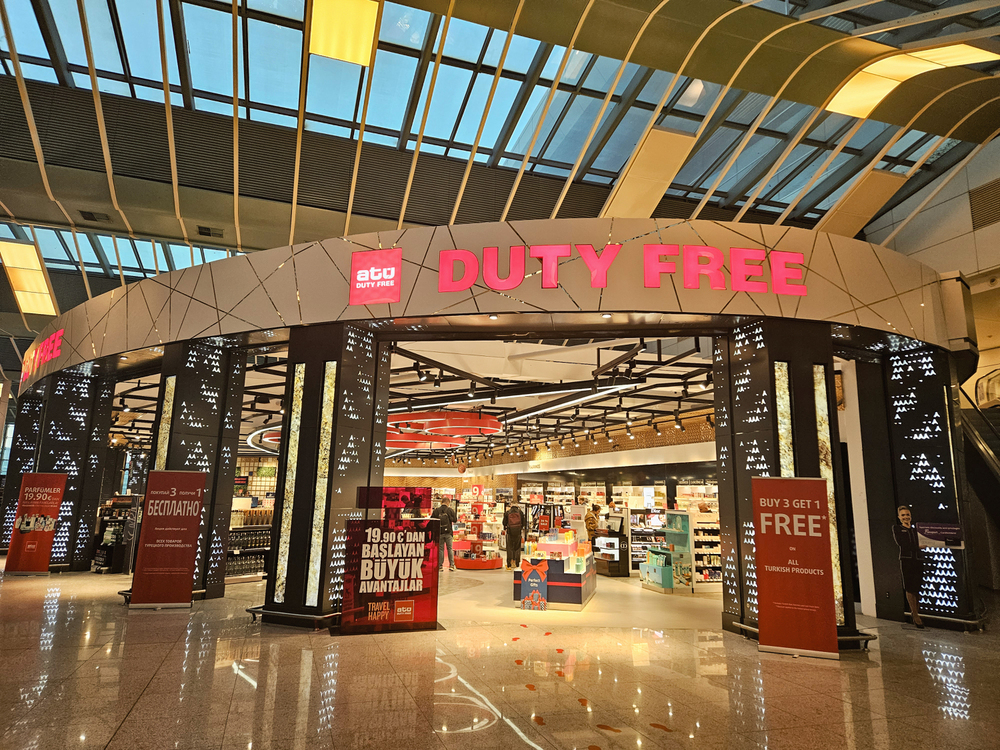
Airport gift shops are like the final boss of overpriced souvenirs. They know you’re stuck there with time to kill and limited options, so they mark everything up to astronomical levels. That simple t-shirt with the city name costs three times what you’d pay downtown, and don’t even get started on the ‘local’ chocolates that were probably made in a factory hundreds of miles away. Your best bet is to buy souvenirs in the actual destination, not when you’re rushing to catch your flight home.
‘Handmade’ Mass-Produced Items
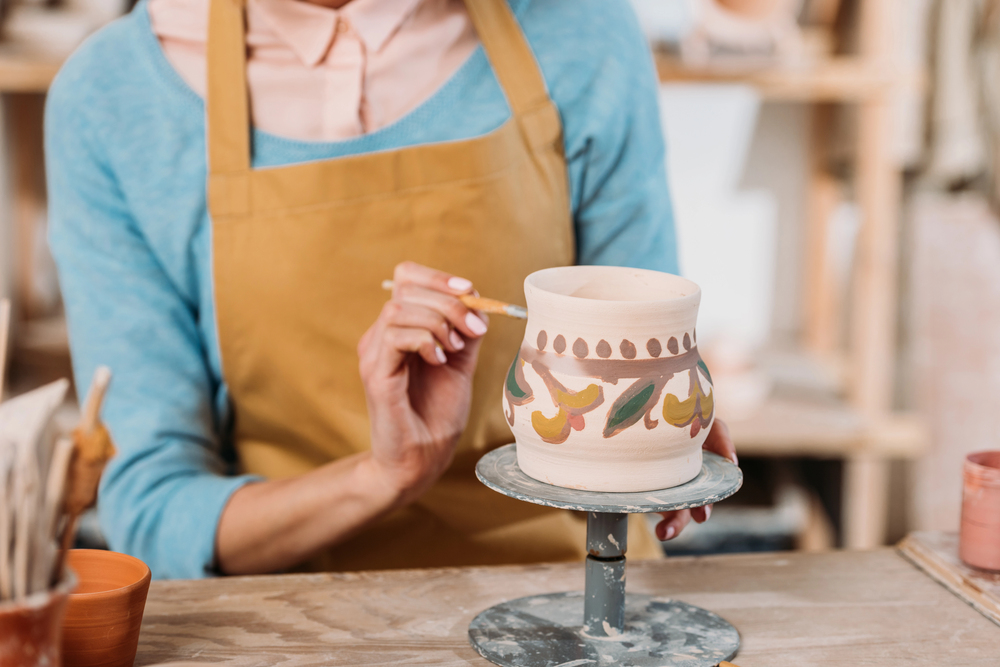
Walk through any tourist district and you’ll see vendors selling ‘handmade’ crafts that look suspiciously identical to each other. These items are usually churned out in factories and sold at handmade prices. Real handmade items have slight variations, imperfections, and unique characteristics that make each piece one-of-a-kind. If every ‘handcrafted’ wooden elephant looks the same, it probably rolled off an assembly line somewhere.
Overpriced Postcards
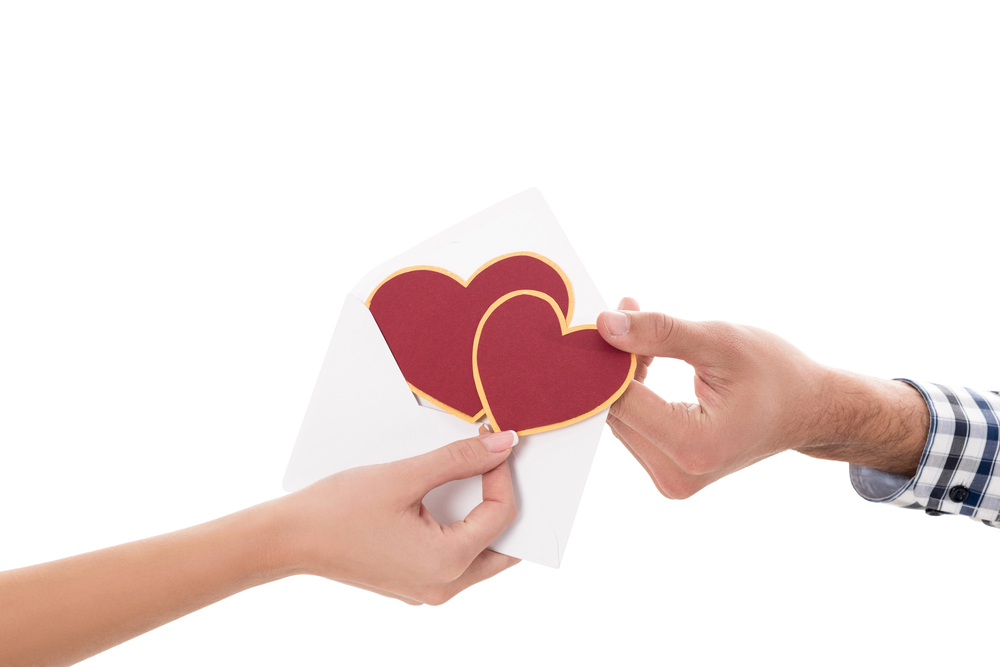
Postcards used to be a cheap way to send greetings home, but tourist areas have turned them into mini gold mines. What should cost $0.50 now goes for three or four dollars in prime locations. The same postcards are often available at grocery stores or pharmacies a few blocks away from the main tourist strip for a fraction of the price. Plus, with smartphones and social media, postcards have become more of a nostalgic novelty than a necessity.
Fake Designer Goods
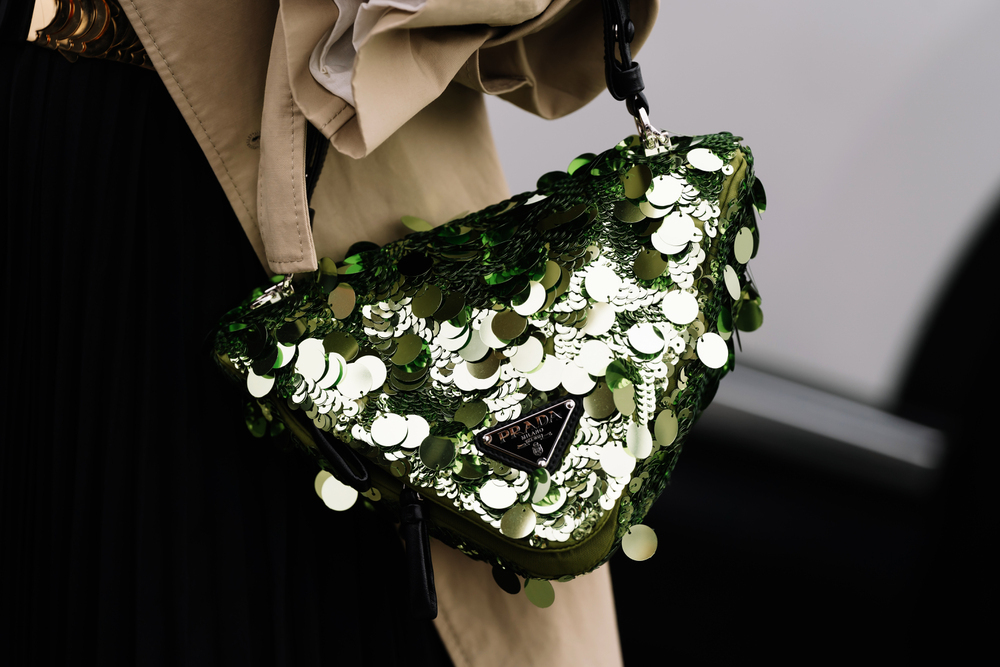
— Photo by photo-lime
Those ‘designer’ handbags and watches being sold on street corners for bargain prices aren’t the deals they appear to be. Beyond the obvious quality issues, buying counterfeit goods can land you in legal trouble in some countries. The materials are often cheap and fall apart quickly, making them a waste of money regardless of the low price. Stick to legitimate retailers if you want something that’ll last longer than your vacation.
Tourist Market Markup

The closer you get to major attractions, the higher the prices climb. That simple magnet that costs two dollars at a shop five blocks away suddenly costs eight dollars right next to the famous landmark. Tourist markets bank on convenience and impulse buying, knowing that most visitors won’t venture far from the main attractions to comparison shop. A short walk or quick research can save you serious money.
Hotel Gift Shop Premiums
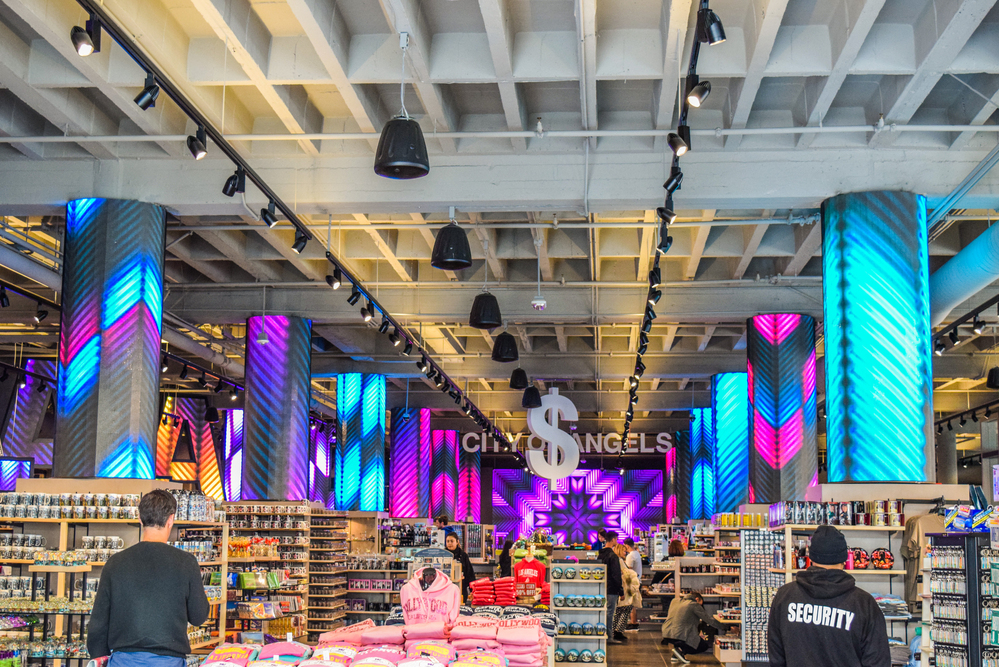
Hotel gift shops are convenience stores in disguise, charging premium prices for basic items. They’re counting on your laziness and the fact that you’re already comfortable in your hotel bathrobe. That bottle of water costs four times the regular price, and the local snacks are marked up beyond reason. Step outside and find a regular store if you want to avoid paying resort prices for everyday items.
‘Limited Edition’ Pressure Sales

Vendors love to create artificial urgency by claiming their items are limited edition or won’t be available tomorrow. This high-pressure tactic pushes you to make quick decisions without thinking things through. Most of these ‘limited’ items are produced in large quantities and will be available for months or even years. Take your time, compare prices, and don’t let anyone rush you into a purchase you might regret.
Cultural Costume Photo Ops
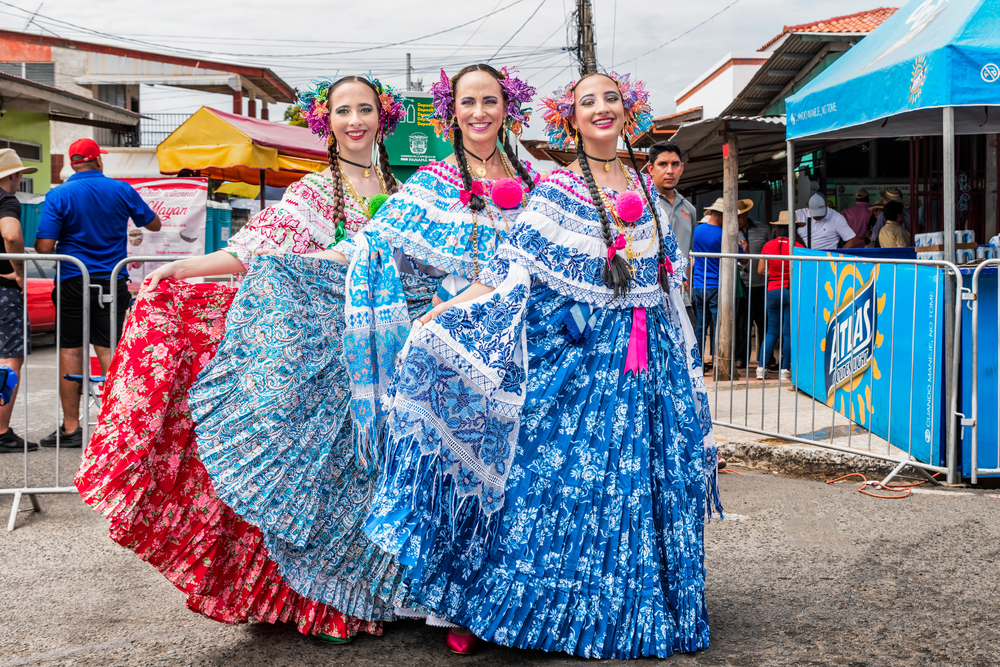
— Photo by mark52
Those elaborate cultural costumes available for rent at tourist sites might seem like fun photo opportunities, but they often come with hidden costs. What starts as a simple photo session can quickly escalate when you’re charged for each pose, each additional person, or even for viewing the photos before deciding to buy them. The quality is usually poor, and you’ll end up paying premium prices for mediocre snapshots you could have taken yourself.
Overpriced Local Food Products
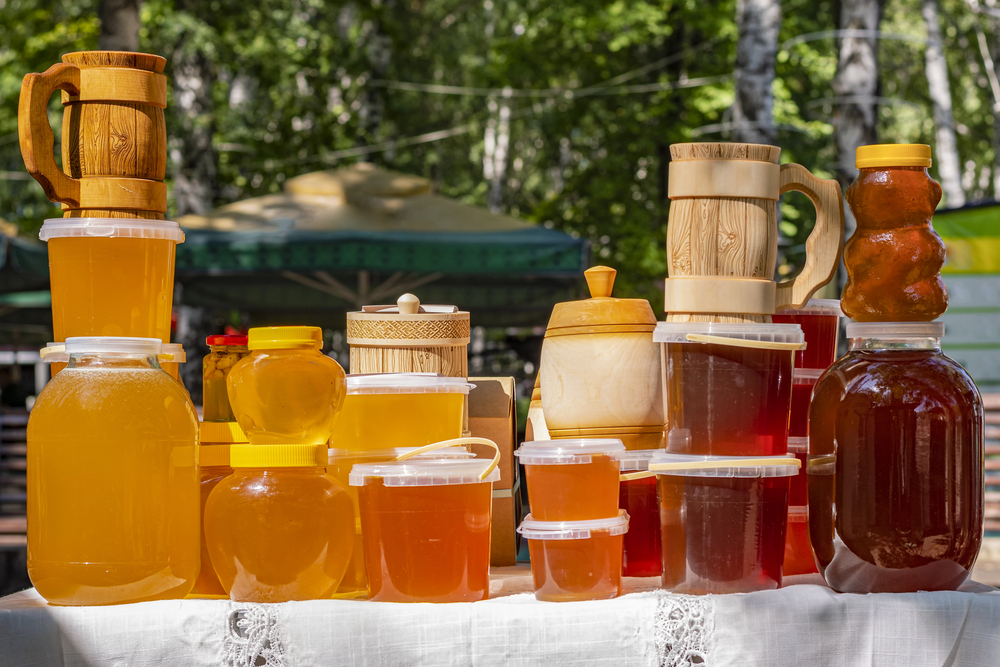
Every destination has its special local delicacies, and tourist shops know how to capitalize on them. That jar of local honey or bag of regional coffee beans costs three times what locals pay at their regular grocery stores. These products are often repackaged as regular items sold at premium prices to tourists who don’t know any better. Ask locals where they shop for these items, or visit regular supermarkets instead of tourist-focused food shops.
Inflated Art and Crafts
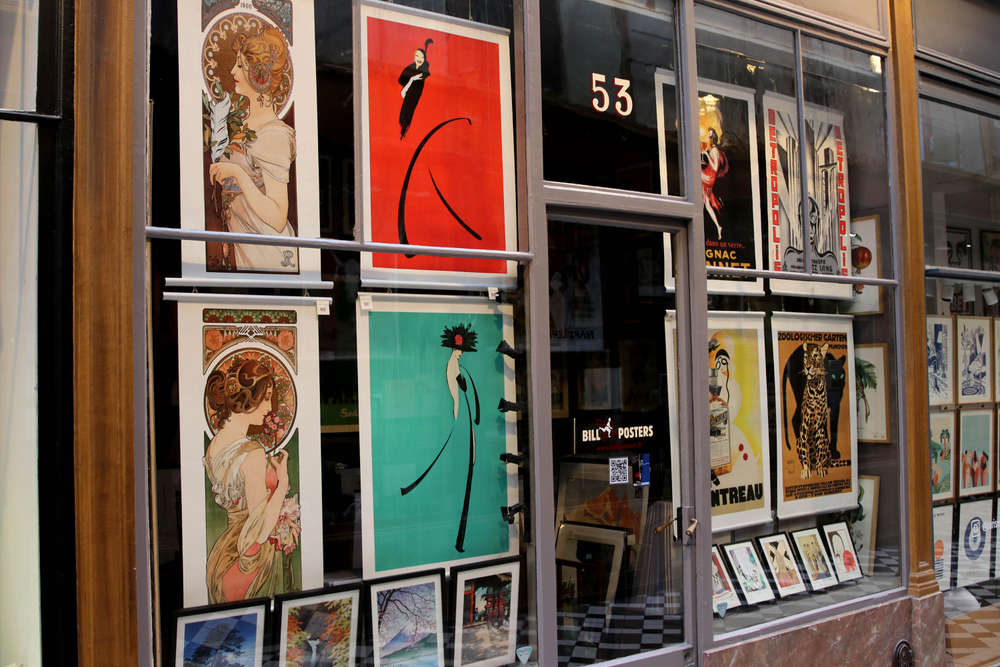
Local art markets can be treasure troves, but they can also be expensive traps for unwary tourists. Some artists and vendors specifically target visitors with inflated prices, knowing that tourists often don’t understand the local market value. The same painting that costs 200 dollars in the tourist quarter might be available for 50 dollars in a local art supply shop. Take time to browse different areas and get a feel for fair prices before making any major art purchases.
Personalized Items with Hidden Costs
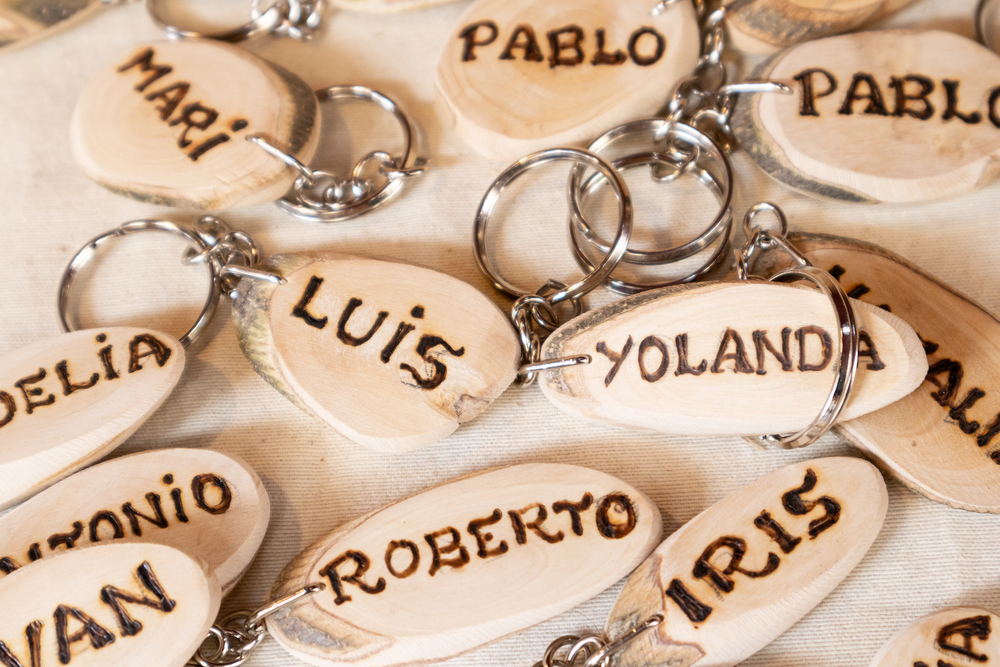
Those stands offering to personalize items with your name or vacation dates seem like great ways to create unique mementos. However, the base price is often just the starting point, with additional charges for each letter, color, or design element. What looked like a $10 personalized item quickly becomes a thirty-dollar purchase once all the extras are added up. Get the full price breakdown before committing to any customization.
Currency Exchange Souvenir Shops
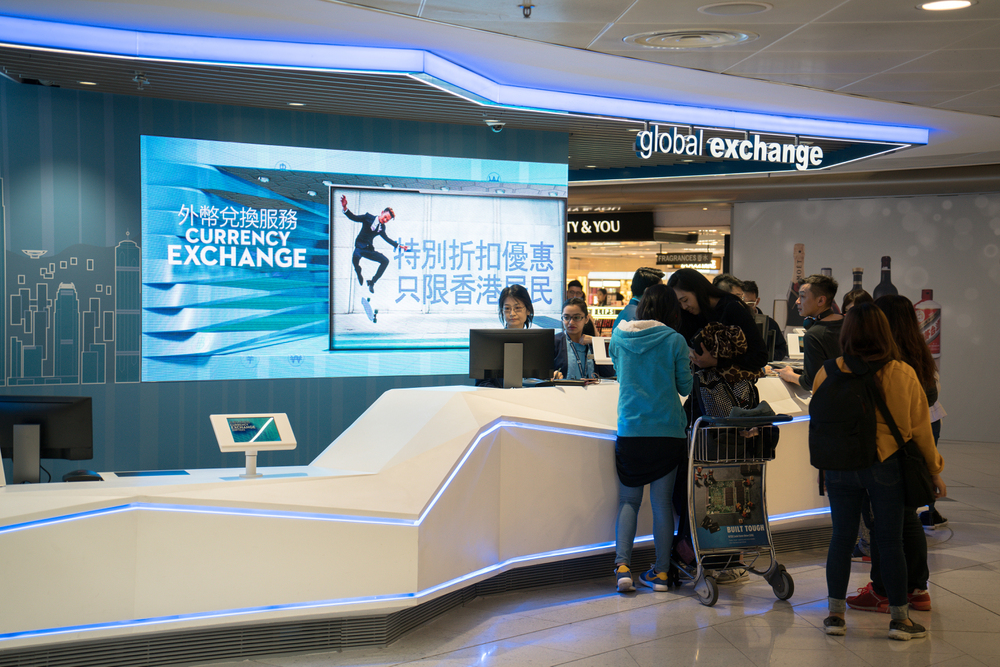
Some souvenir shops offer currency exchange services, but their rates are typically terrible compared to banks or legitimate exchange services. They’re banking on your convenience and the fact that you’re focused on shopping rather than calculating exchange rates. These shops often have confusing rate displays that make it hard to understand what you’re actually paying. Handle your currency exchange separately at proper financial institutions.
Bulk Buying False Savings

Vendors often push bulk deals that seem like great savings but cost more per item than buying individually. They’ll offer three keychains for fifteen dollars when individual ones cost four dollars each, making you think you’re saving money. The math doesn’t always work out in your favor, and you might end up with more items than you wanted. Calculate the per-item cost and decide if you need multiple copies of the same thing.
Time-Share Presentation Gifts

Some tourist areas have aggressive time-share salespeople offering free gifts or discounted tours in exchange for attending a presentation. These ‘gifts’ come with strings attached, and you’ll spend hours listening to high-pressure sales pitches for vacation properties you probably don’t want or need. The value of the free items rarely justifies the time and stress involved in these presentations. If something seems too good to be true, it usually is.
The Real Value of Travel Memories

Smart souvenir shopping isn’t about avoiding purchases altogether — it’s about being intentional with your money and getting genuine value from your travel experiences. The best souvenirs are often the ones that have real meaning or practical use, not just items you grabbed because they were there. Modern travelers are learning to invest in experiences over objects, taking photos and creating memories that don’t require extra luggage space or drain their bank accounts. Your wallet and your future self will thank you for being selective about what you bring home from your adventures.
More from Travel Pug

- 20 Best Beach Towns in the Carolinas
- 13 Destinations Where Tourists Regularly Regret Their Trip
- 20 Things You Actually Get in First Class
- 20 Small Airports With Aviation Museums
- 20 Places in the U.S. That Are Perfect for a Reset Trip
Like Travel Pug’s content? Follow us on MSN.
